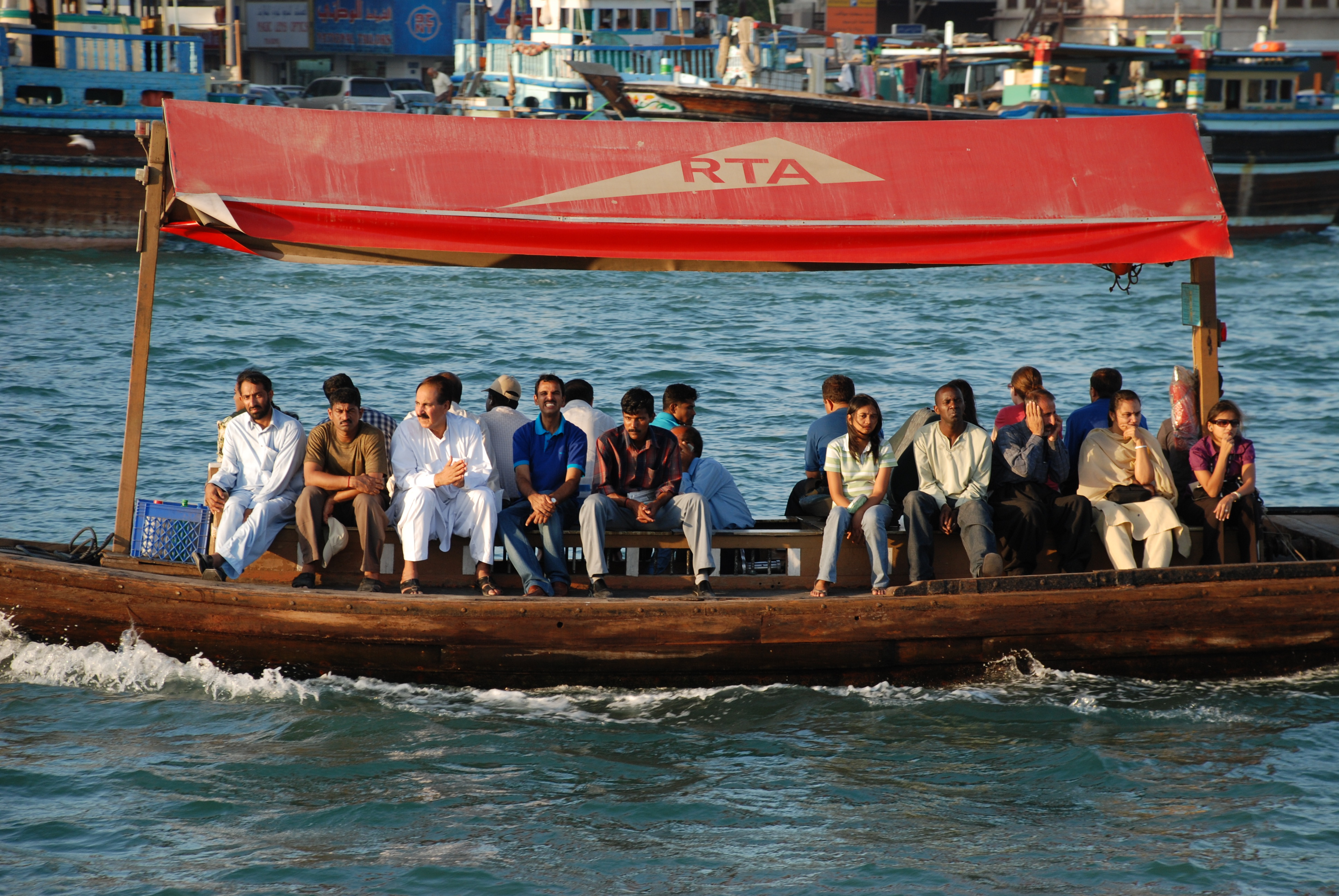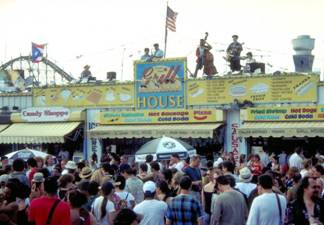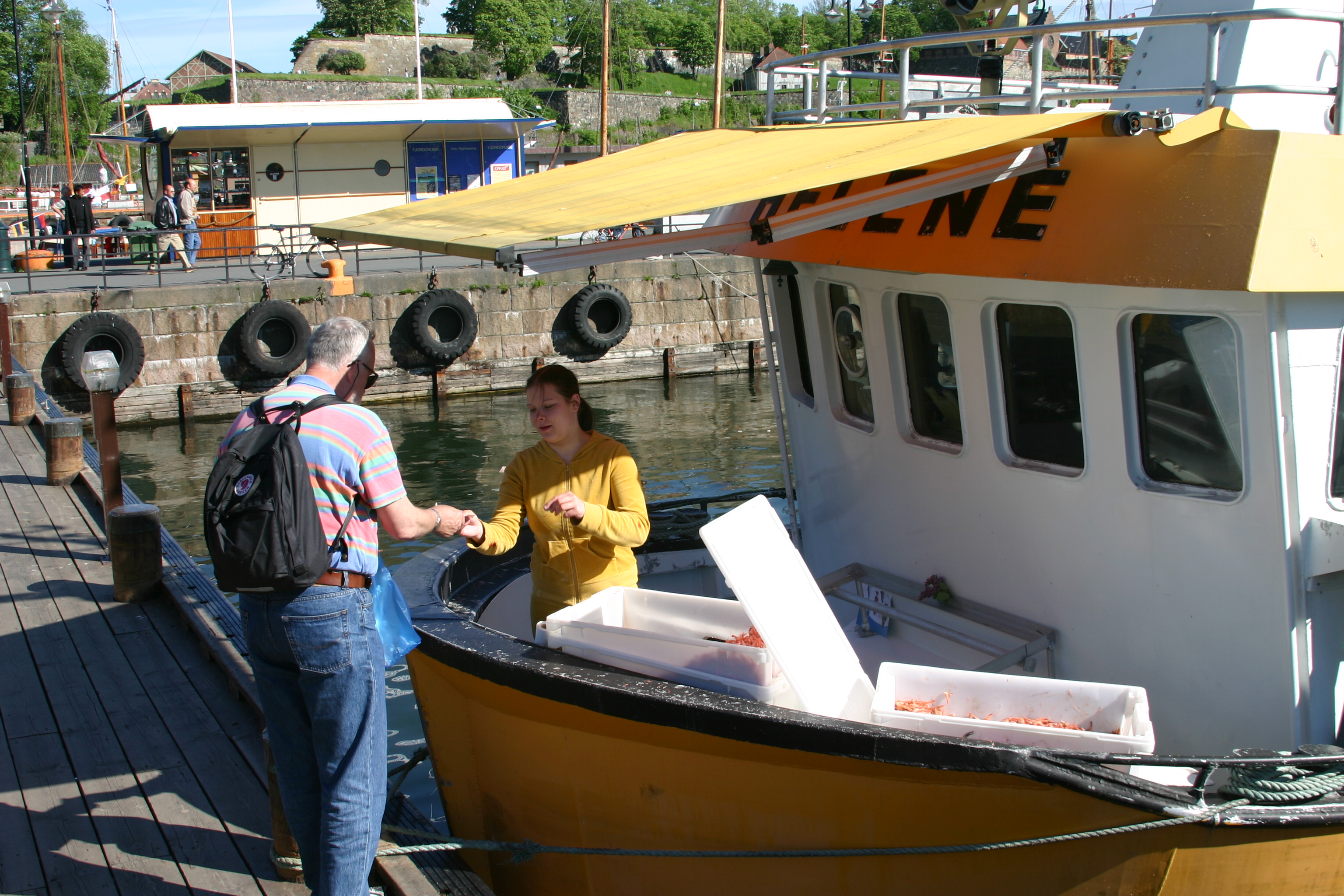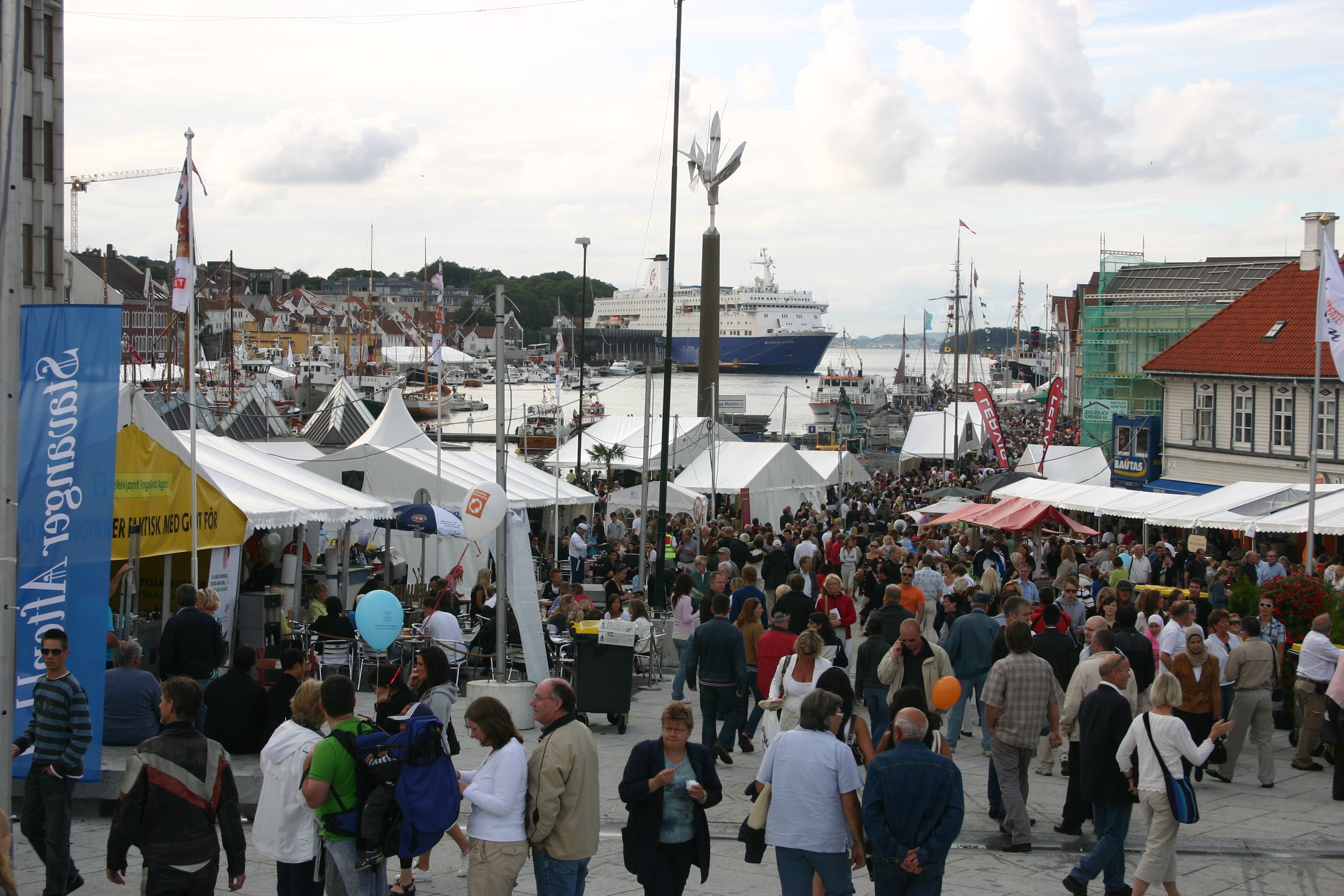A biweekly newsletter with public space news, resources, and opportunities.
A curated dispatch on all things public markets plus the latest announcements from the Market Cities Program.
Any building on the waterfront should boost activity in the public spaces around it. Ideally, there should be a mix of uses, with seamless interaction between inside and outdoors. High-rise towers that lack any public uses on the ground floor are noticeably out of place along rivers, lakes and ocean fronts. They usually create a wall that physically and psychologically cuts off the waterfront from surrounding neighborhoods.

Great waterfronts are not dominated by residential development. Why? Because these are places that are full of people, day and night. They are the sites of festivals, markets, fireworks displays, concerts, spontaneous celebrations and other high-energy gatherings. A high concentration of residential development undermines the diversity of waterfront use and creates pressure to prevent nighttime activity from flourishing.

Waterfronts that thrive year-round will reap substantial community and economic benefits. Rain or cold is no reason for a waterfront to sit empty. Creative programming can take rainy and winter weather into account, and smart use of amenities can provide protection from inclement weather. Likewise, people enjoy being by the water at night if appropriate lighting and special events make them feel welcome and safe.


Successful waterfronts must adapt to many changes that bring different users at different times. Programming and management are helpful in serving diverse audiences, but flexibility must also be built into the design of the place. Instead of a permanent stage, for example, which is well-used in the summer but not the winter, a retractable or temporary stage could be used. Likewise, it is important to have on-site storage for movable chairs, tables, umbrellas, and games so they can be used at a moment's notice.


The best waterfronts feature amenities that increase people’s comfort and enjoyment. A bench or waste receptacle in just the right location makes a surprising difference in how people choose to use a place. Lighting strengthens a square's identity and can draw attention to specific activities, pathways or entrances. Public art is a great magnet for children of all ages to come together. Whether temporary or permanent, amenities help establish a convivial setting for social interaction.


Waterfronts flourish when they can be accessed by means other than private vehicles. In Sydney, Stockholm, Venice, Helsinki, and Hong Kong, people head to the waterfront via boat as much as by land. You can dramatically enhance the character and experience of a waterfront when it is easily reached in ways other than driving. Access by foot and bike are a crucial element of the transportation mix, which is why many of the most beloved are crowned by pedestrian promenades and bike lanes. People feel more at ease when not overwhelmed by traffic and parking lots, creating a climate that fosters a full breadth of waterfront activity. Where streets are absolutely necessary for commercial deliveries, or access to retail or marine uses, they should be designed to minimize their impact on pedestrian safety and enjoyment, and always be closed for events and festivals.



The greatest waterfront destinations are found in cities that truly orient themselves to the water. Venice and Stockholm are defined by their waterfronts, and residents and visitors alike naturally gravitate there. Making the most of local identity, history and culture stimulates widespread interest in the waterfront and creates a unique sense of place. Frequent opportunities to appreciate local art, music and theatre helps draw a community together around the waterfront.


The water itself is the greatest asset of any waterfront, and should become the centerpiece for programming and activities. This can include traditional marine uses such as a ferry terminal or fishing port, which helps preserve a place’s identity. Additional activities may include water-taxis, boat tours, restaurants or bars on anchored boats, fishing, rock skipping, floating pools, kayaking and swimming. Many of these activities not only attract users to waterfront but also generate interest among onlookers. Embracing the natural uses of a waterfront leads to thematic programming such as boat festivals, fish markets, bait and tackle shops, and performances on floating stages.


Iconic, attention-grabbing buildings that reflect a human scale and do not detract from the surrounding context can be a boon to the waterfront, so long as they serve a variety of functions. On a recent weekend morning in Stockholm, the busiest building along the waterfront was, surprisingly, the City Hall. Surrounded by a plaza, park, and courtyards, this landmark shares its slice of the waterfront with a pier where boats embark on waterfront tours. Clearly, this City Hall (where the Nobel Prize banquet is held each December) is more than a one-dimensional icon, it is also a good neighbor exhibiting a strong sense of place. Today's iconic buildings should strive to achieve the same flexibility and public-spirited presence.

Management is essential to ensure that a successful waterfront stays that way. Cities could adopt the model of the Business Improvement Districts (BID) that have been successful in restoring and maintaining the vitality of many downtowns and commercial districts. A "WID" could forge partnerships between city agencies, property owners, waterfront businesses and community organizations in the surrounding district, so that waterfront programming--such as temporary exhibits of local artists or music performances-- gives the place a unique character. Such an organization would be very helpful in sustaining a diverse variety of activities and events throughout the year and implementing programs that can be used to generate revenue that benefits the waterfront as a whole.


The rich text element allows you to create and format headings, paragraphs, blockquotes, images, and video all in one place instead of having to add and format them individually. Just double-click and easily create content.
The rich text element allows you to create and format headings, paragraphs, blockquotes, images, and video all in one place instead of having to add and format them individually. Just double-click and easily create content.
Body Text Body Link
The rich text element allows you to create and format headings, paragraphs, blockquotes, images, and video all in one place instead of having to add and format them individually. Just double-click and easily create content.
Here is some highlighted text from the article.




Headings, paragraphs, blockquotes, figures, images, and figure captions can all be styled after a class is added to the rich text element using the "When inside of" nested selector system.
Headings, paragraphs, blockquotes, figures, images, and figure captions can all be styled after a class is added to the rich text element using the "When inside of" nested selector system.
Headings, paragraphs, blockquotes, figures, images, and figure captions can all be styled after a class is added to the rich text element using the "When inside of" nested selector system.